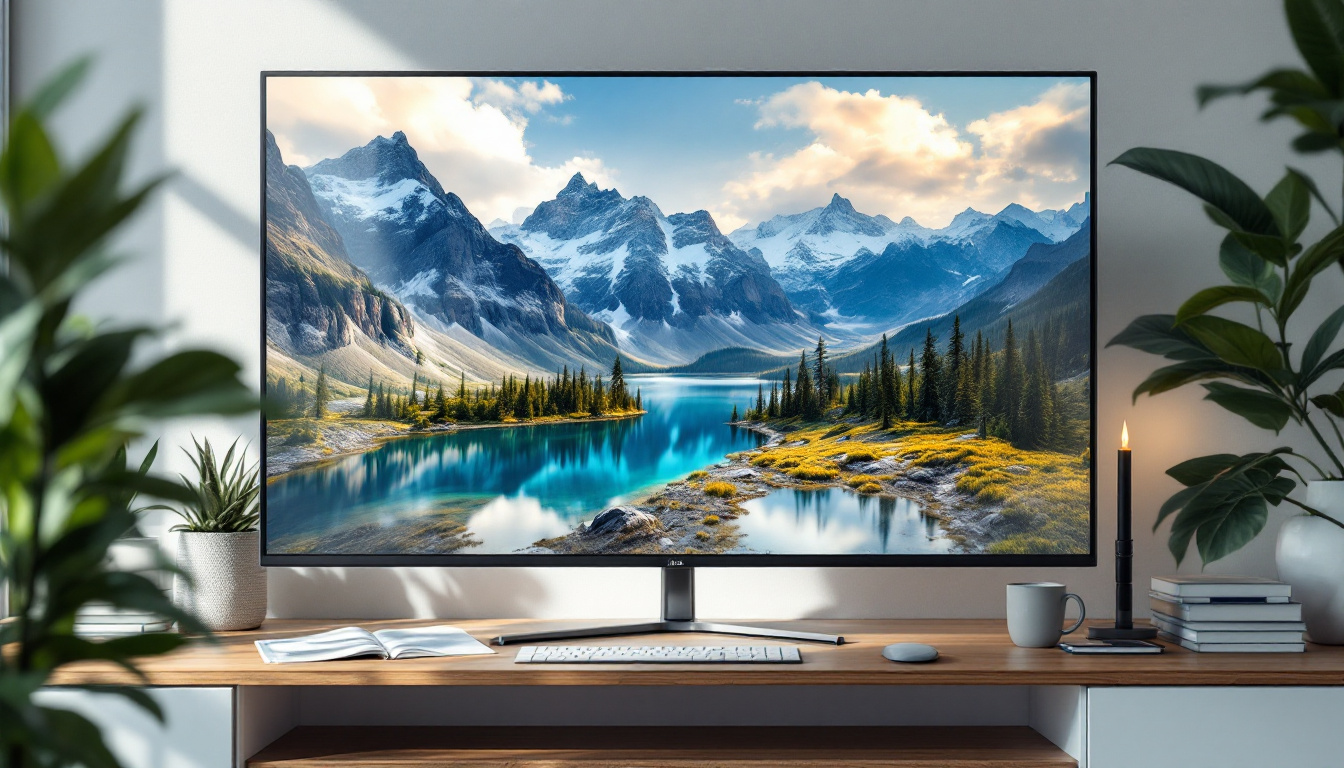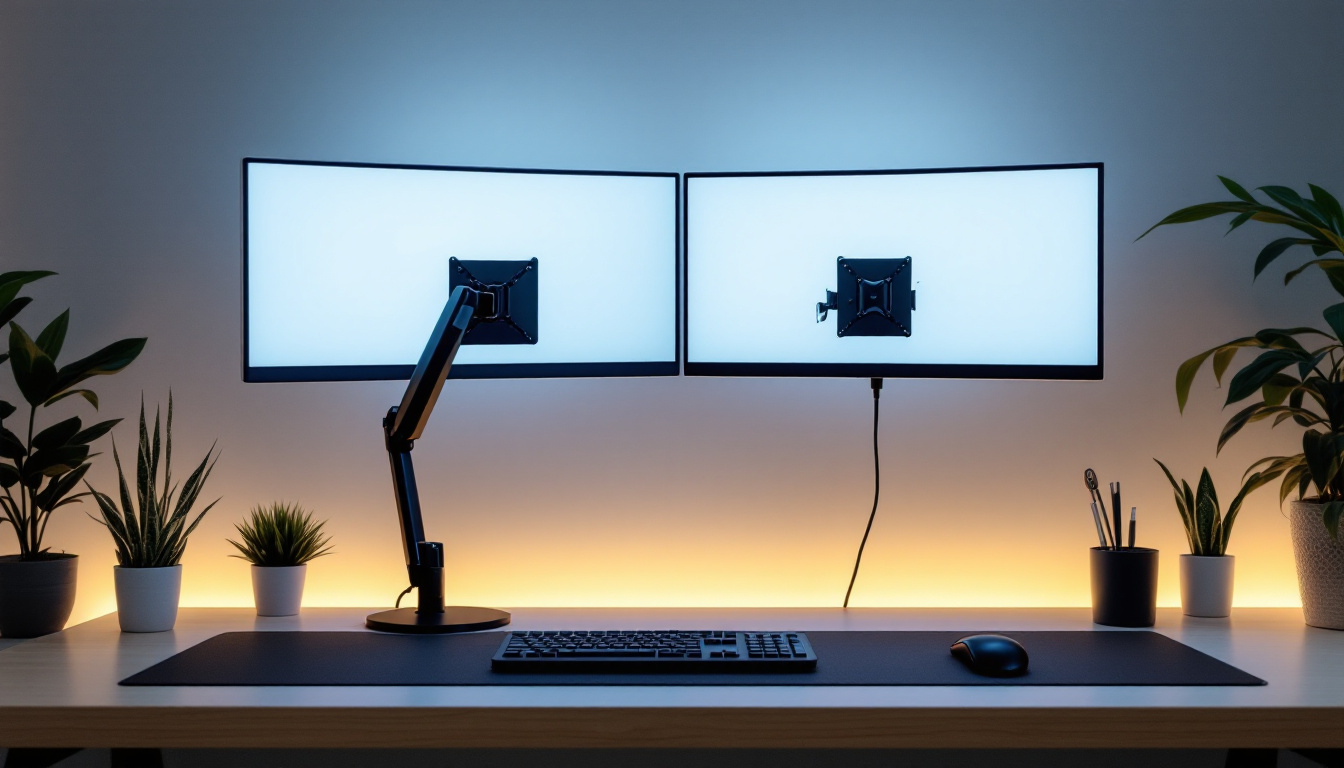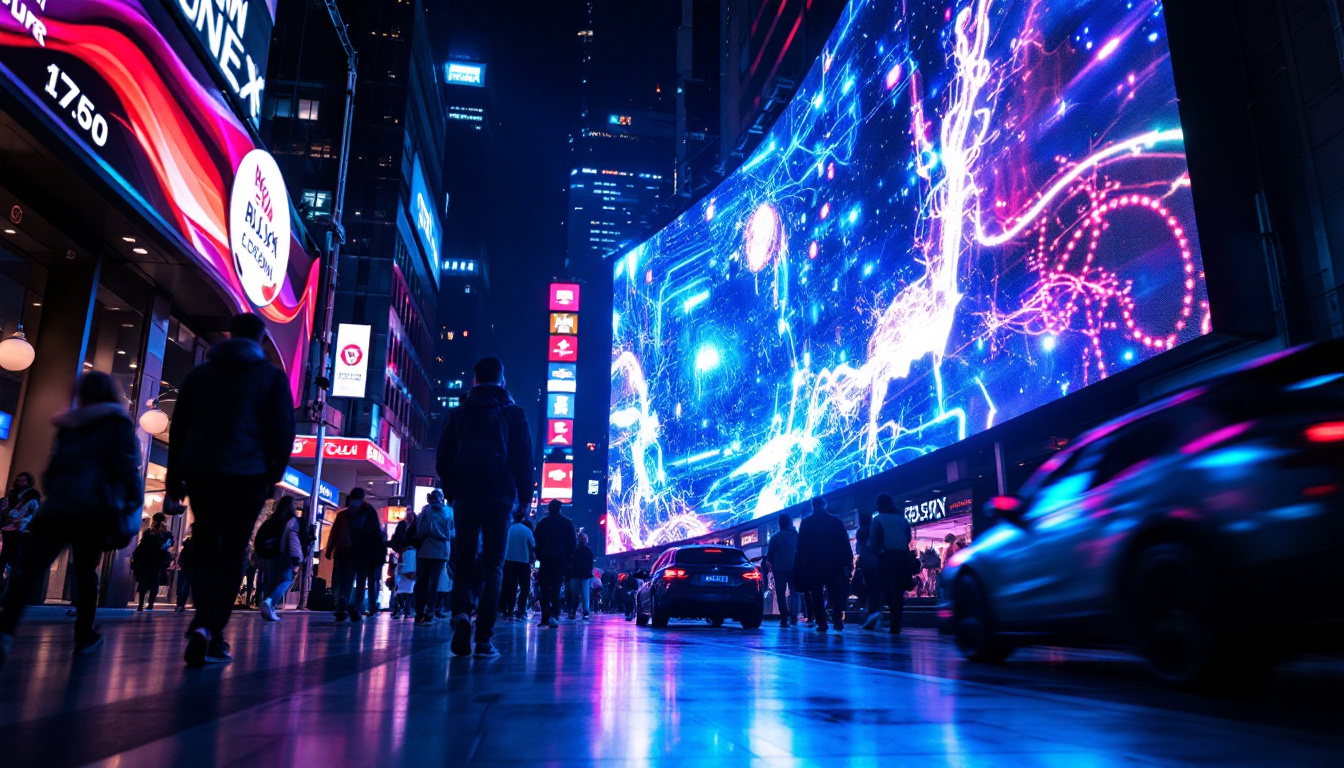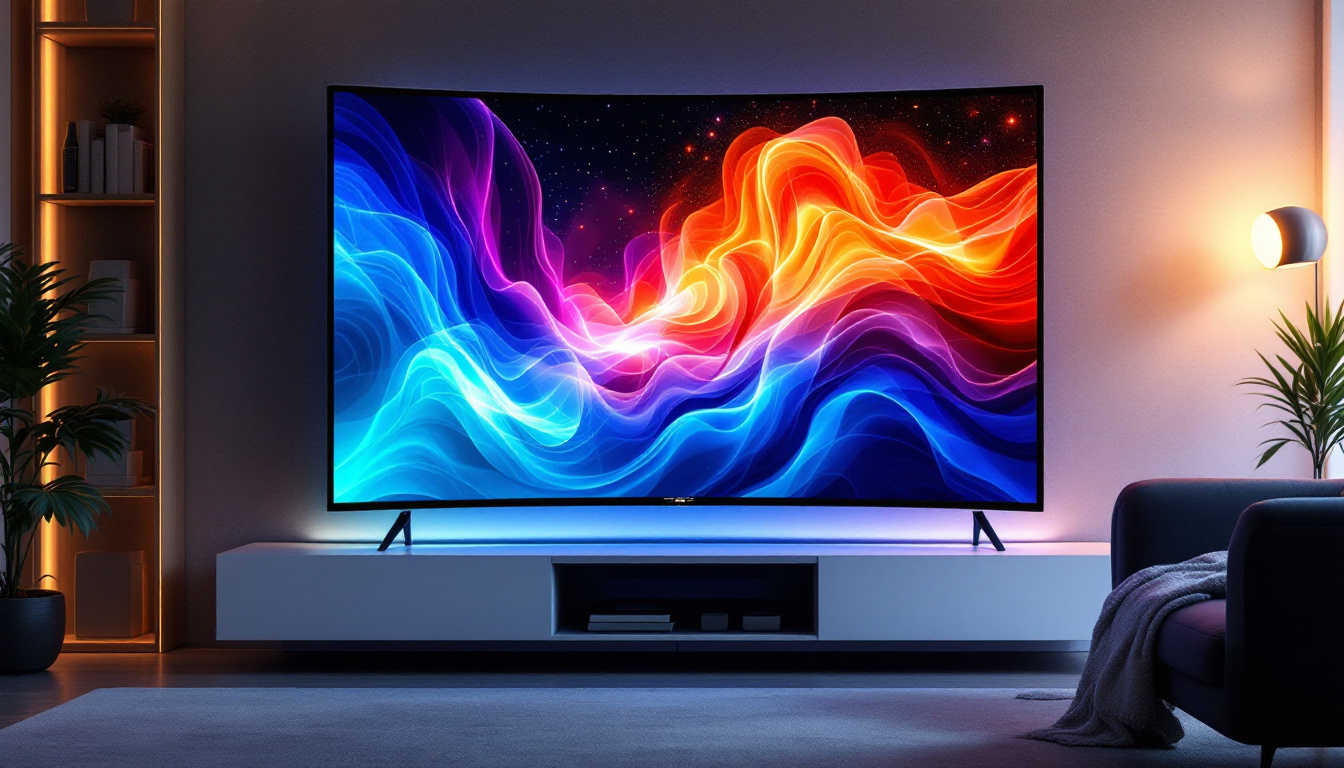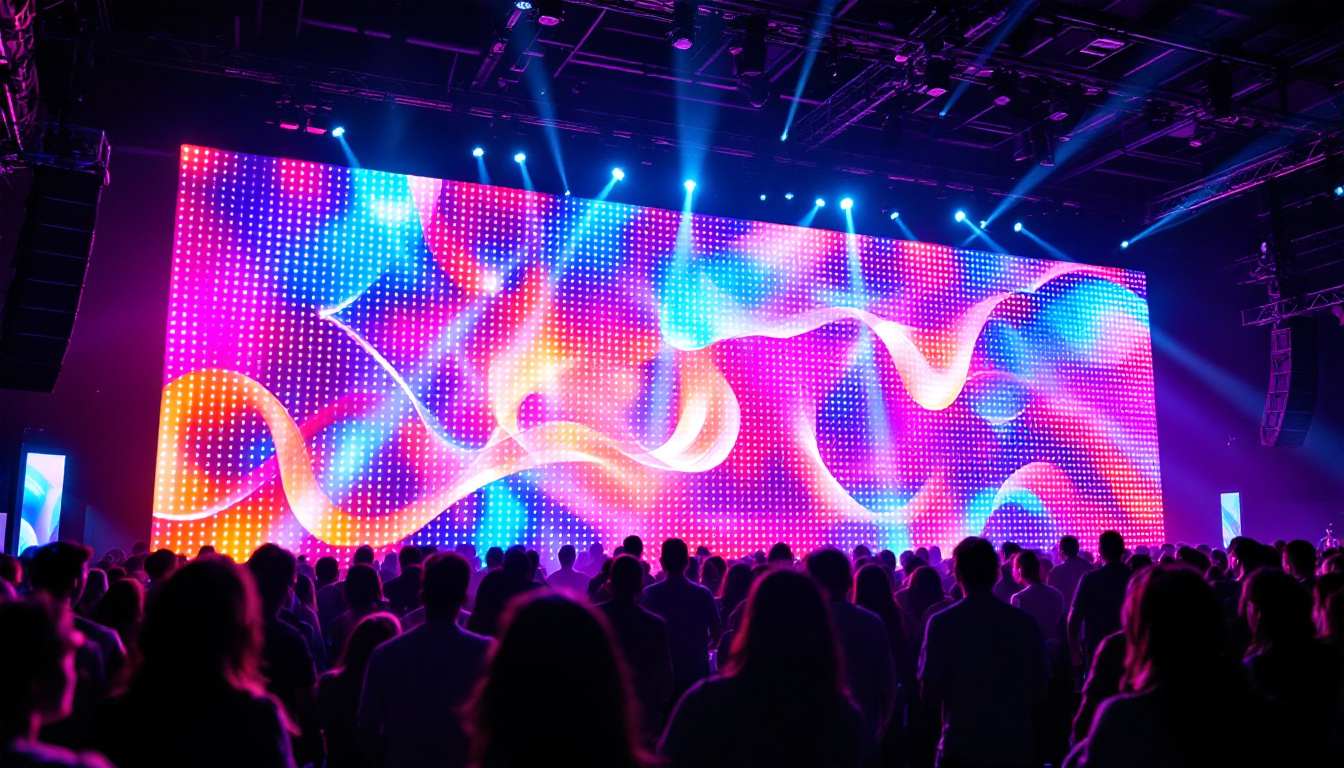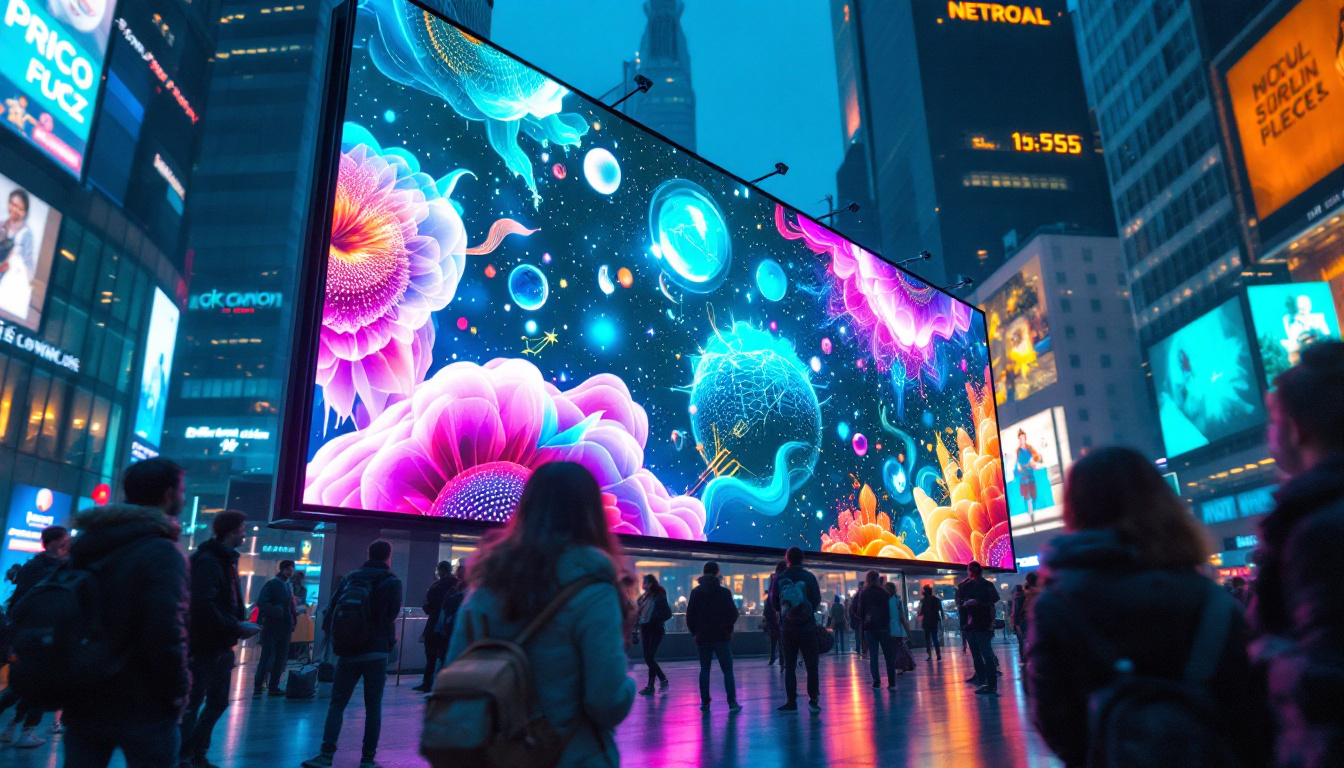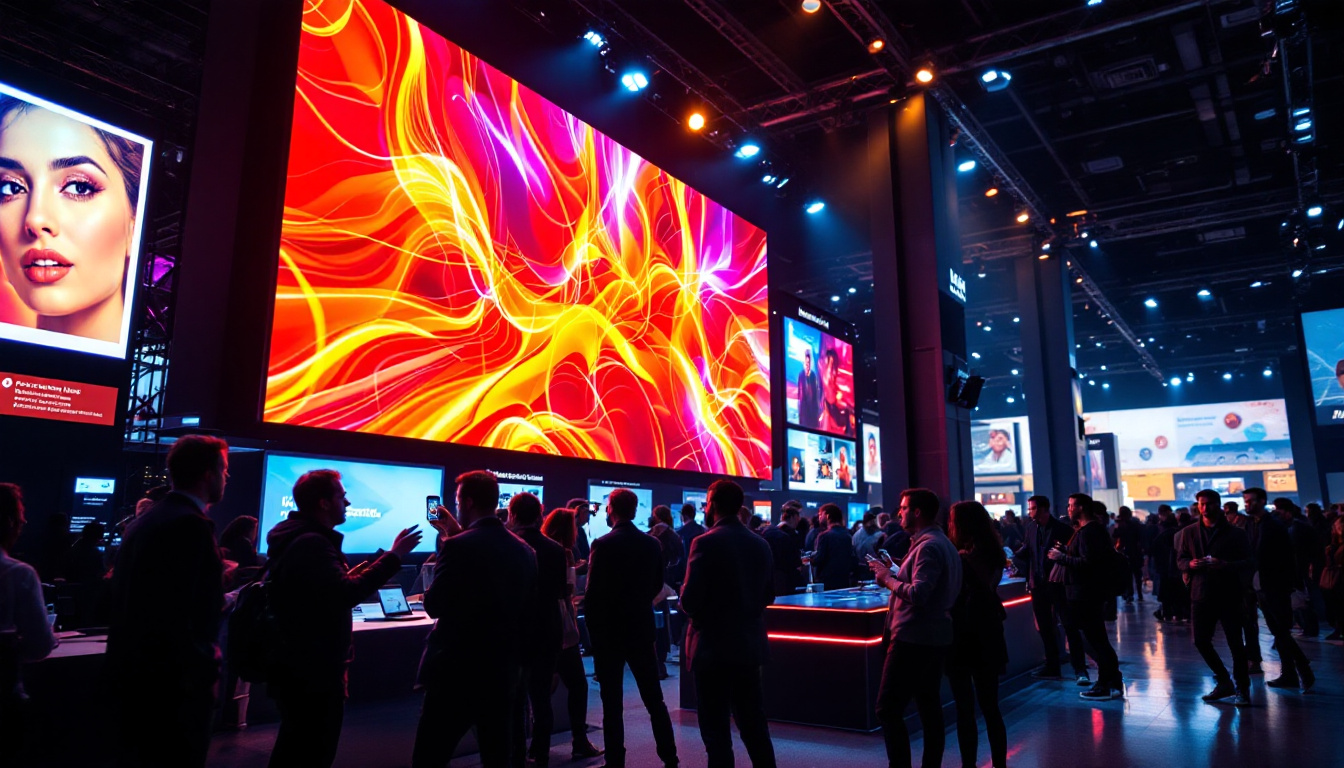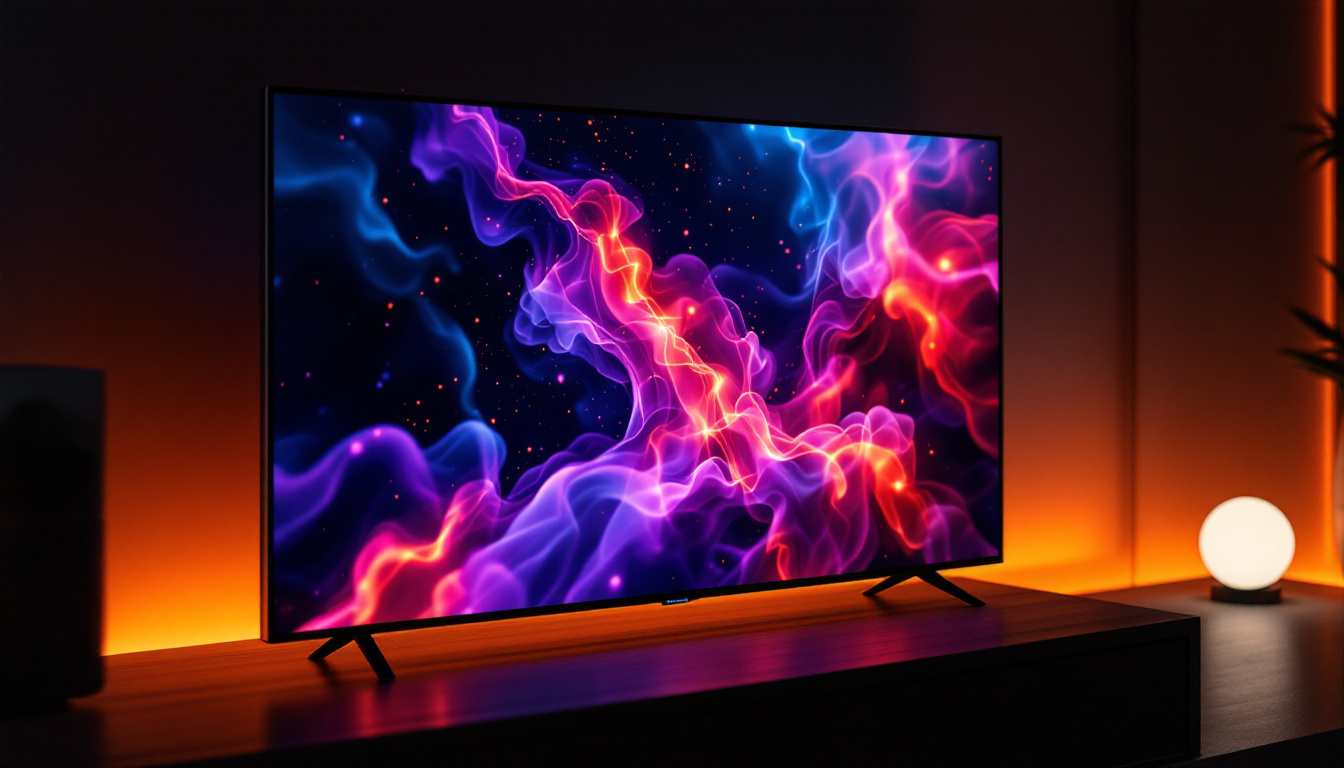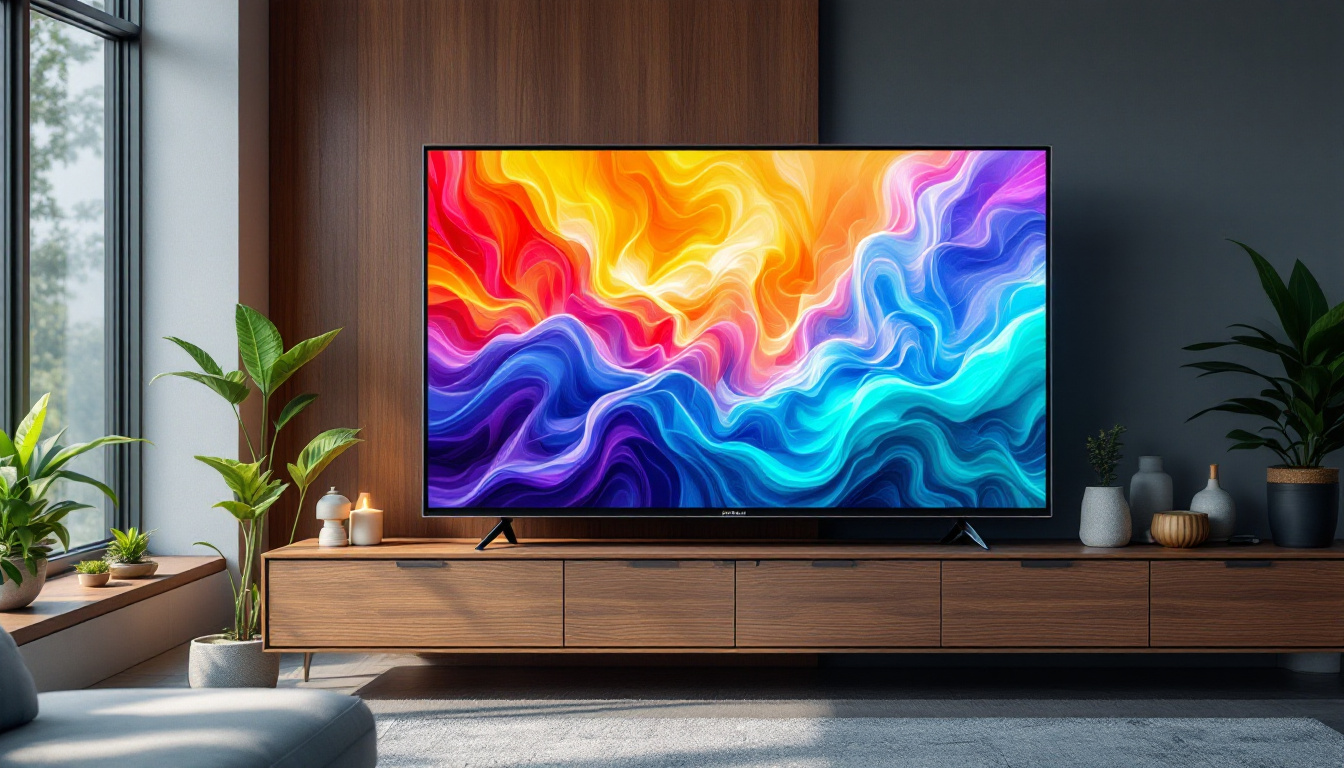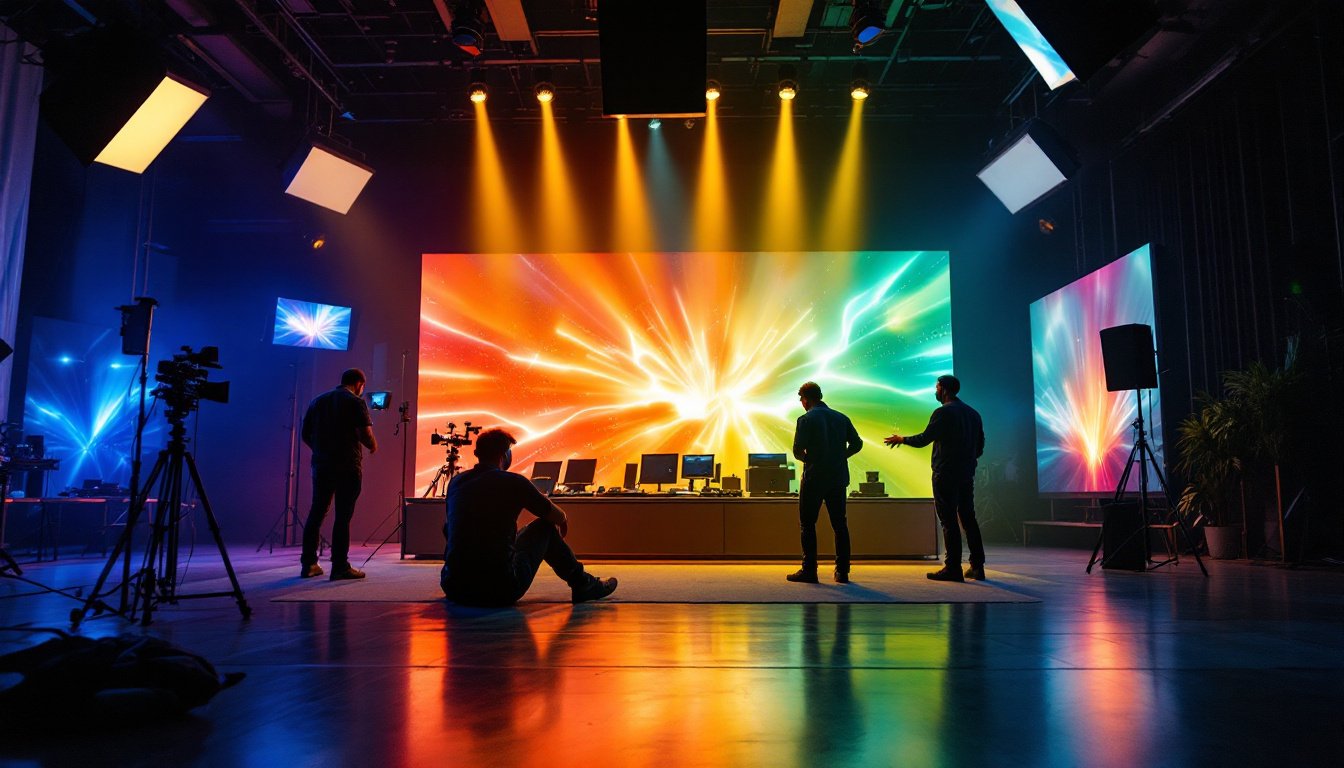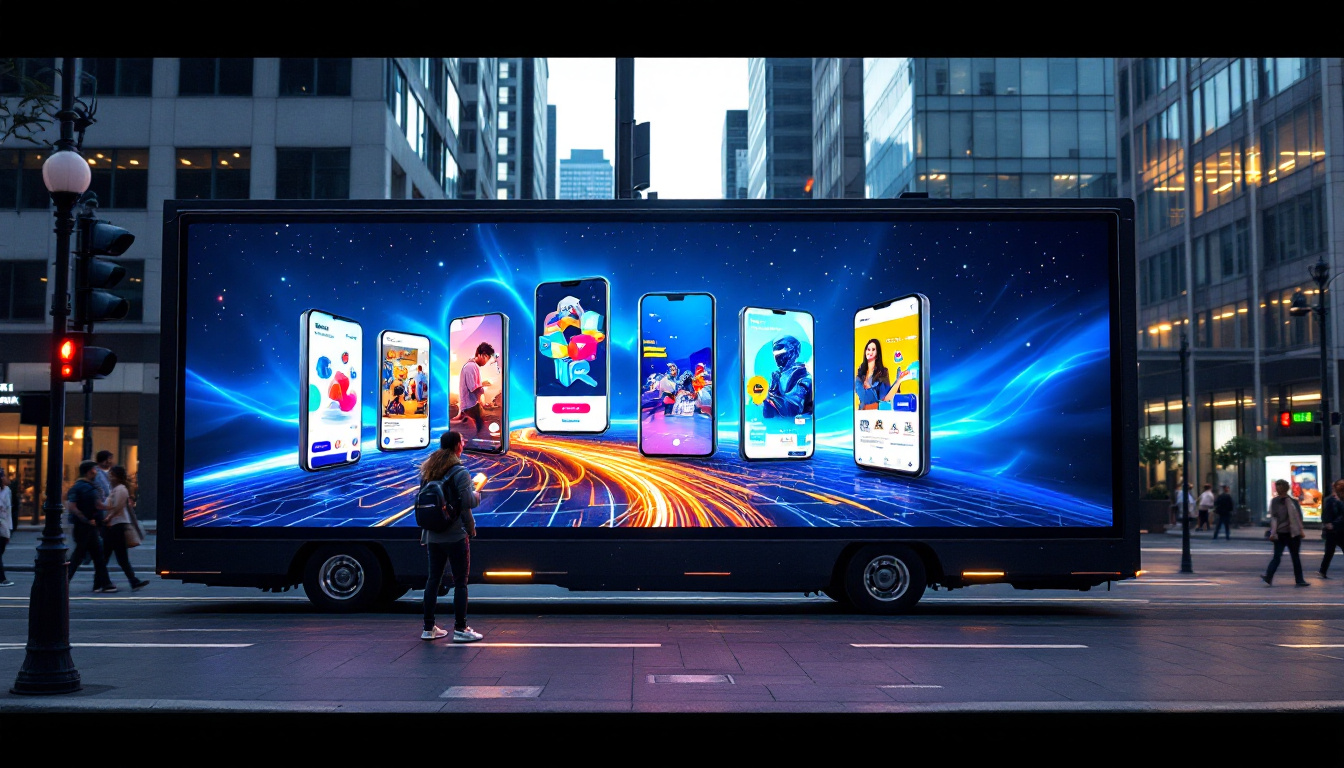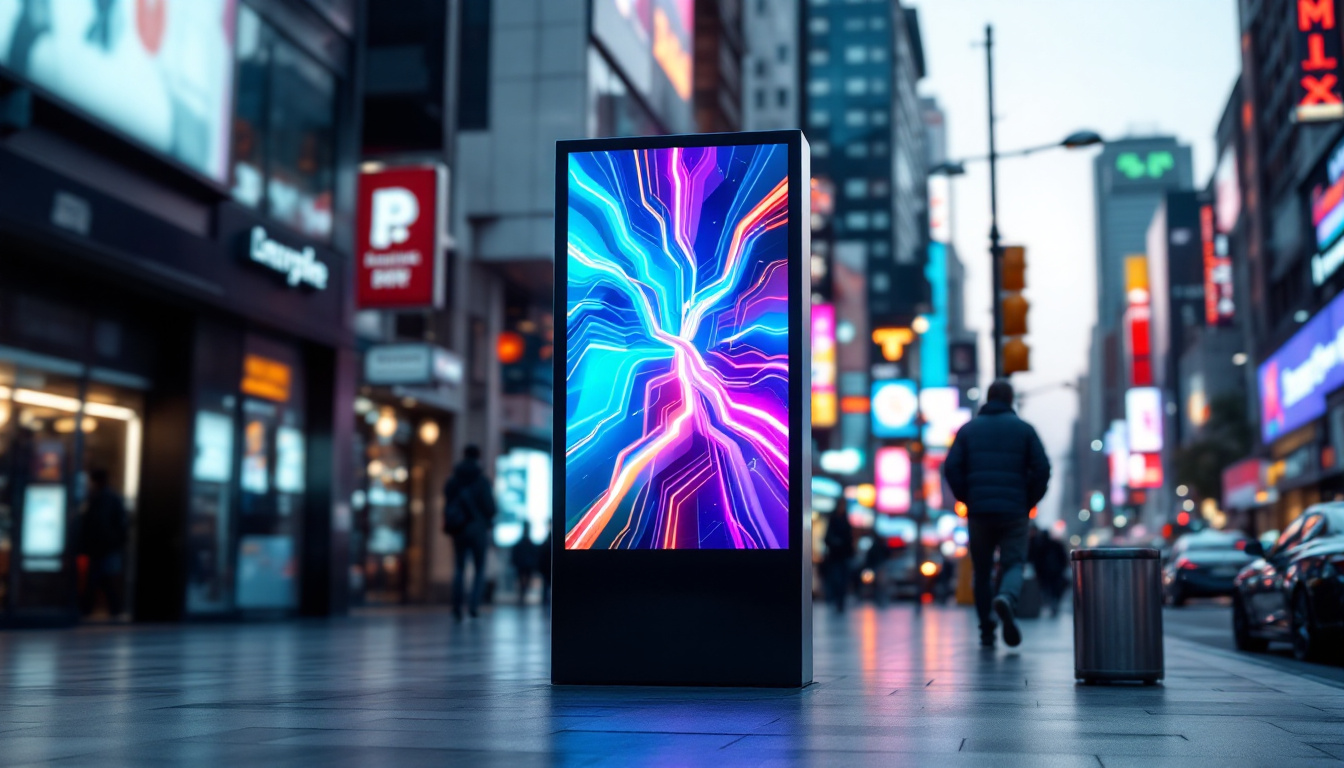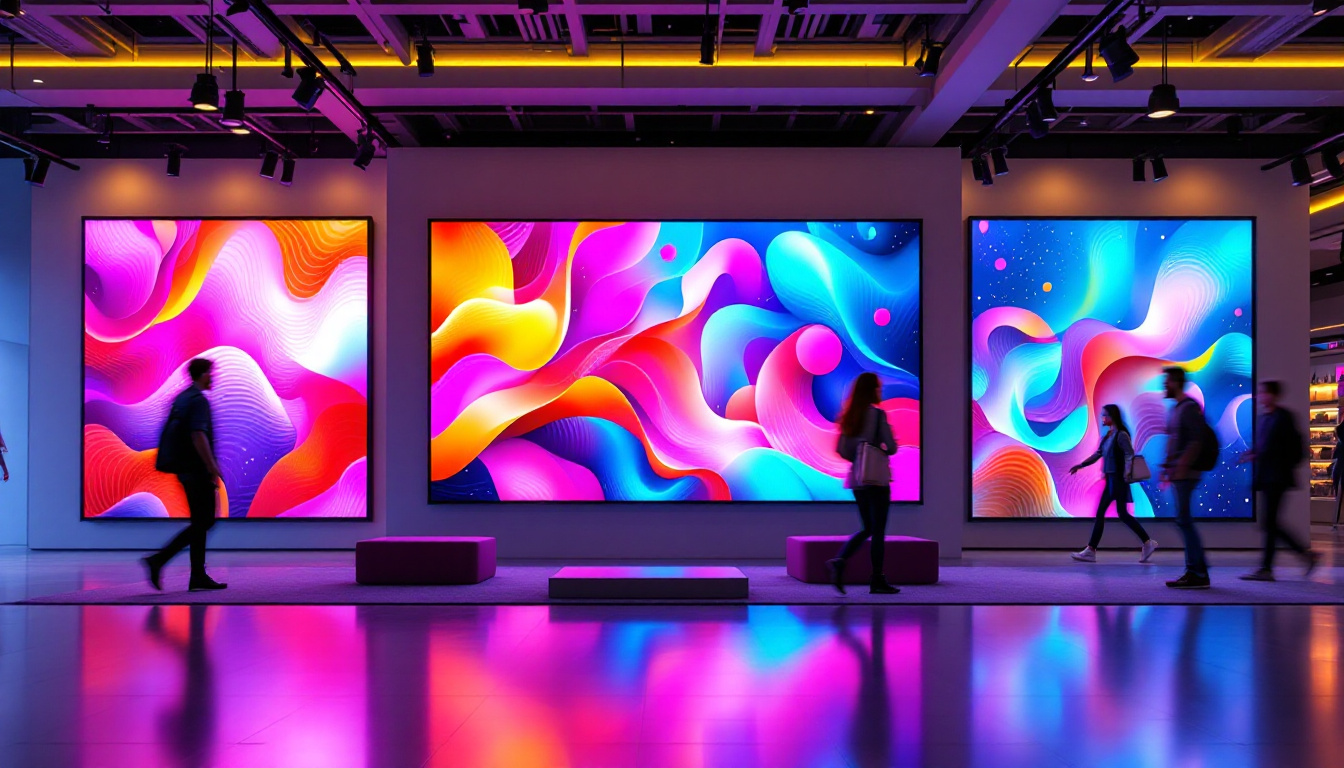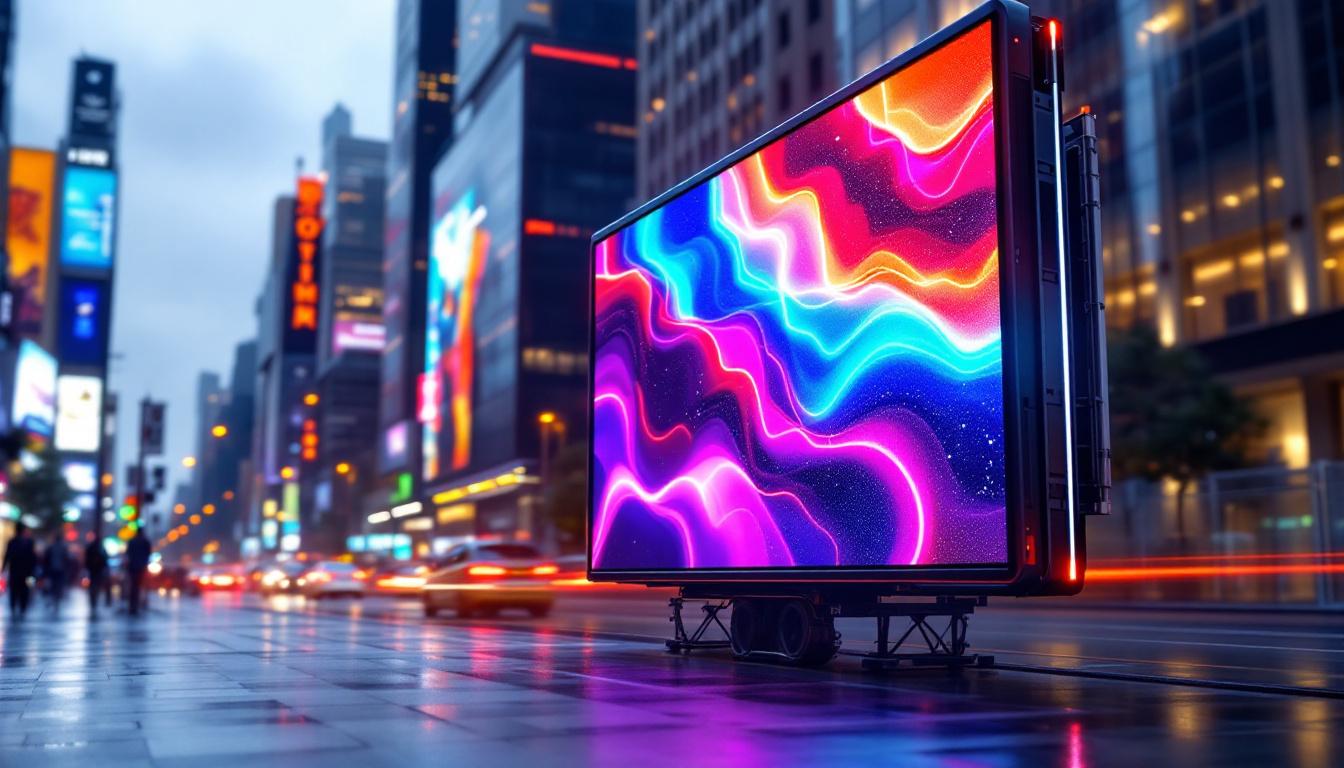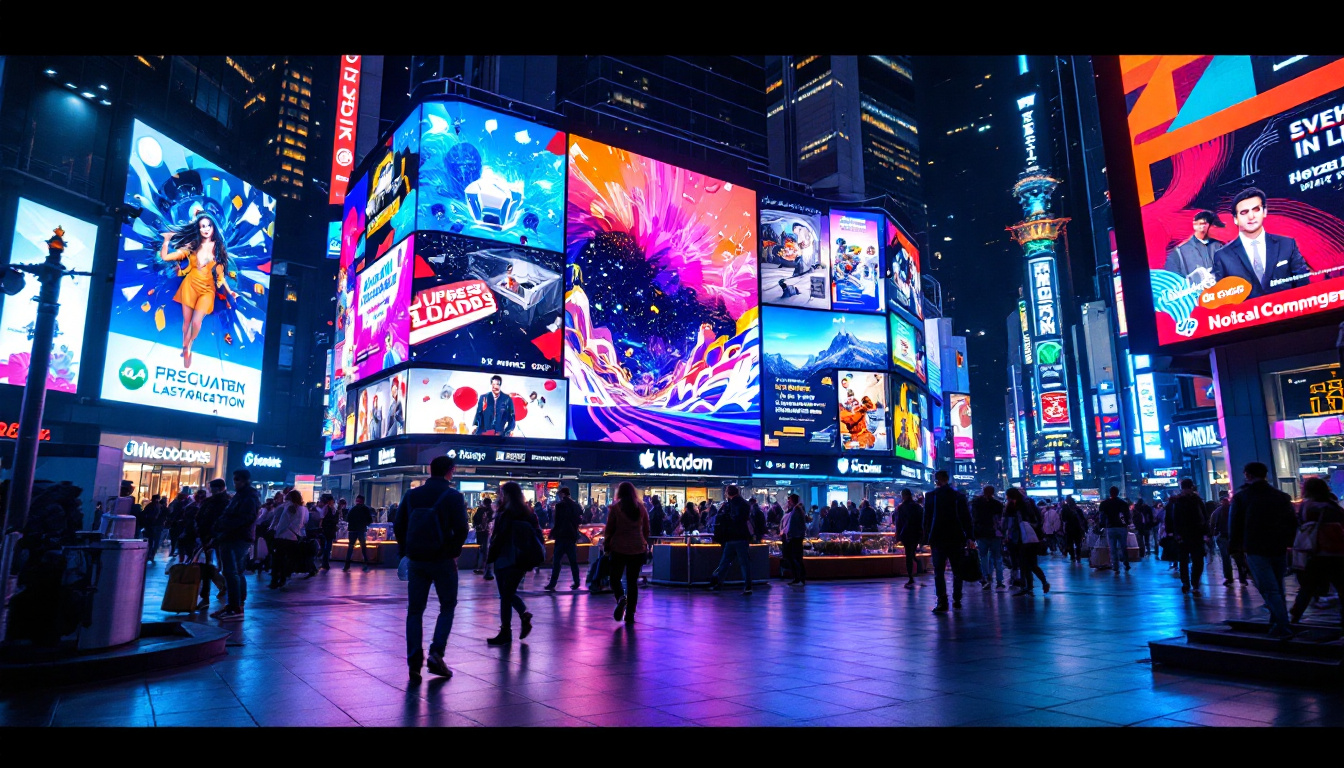The evolution of display technology has been nothing short of remarkable, with each new generation offering enhanced resolution, color accuracy, and overall viewing experience. Among the latest advancements, 8K monitors have emerged as the pinnacle of visual technology, boasting four times the resolution of 4K displays and a staggering sixteen times that of Full HD. This article delves into the intricacies of 8K monitors, focusing on LED display technology, its benefits, and considerations for potential buyers.
Understanding 8K Resolution
8K resolution refers to a display resolution of approximately 7680 x 4320 pixels, which totals around 33 million pixels. This level of detail provides an incredibly sharp and clear image, making it ideal for various applications, from professional content creation to immersive gaming experiences. The sheer number of pixels in 8K resolution allows for an unprecedented level of detail, enabling viewers to see textures and subtleties that would be lost at lower resolutions. This is particularly important in fields such as medical imaging and scientific visualization, where clarity can be crucial for analysis and decision-making.
The Pixel Density Advantage
One of the most significant advantages of 8K monitors is their pixel density. With more pixels packed into the same screen size, viewers can experience finer details and smoother gradients. This is particularly beneficial for graphic designers, video editors, and photographers who require precision in their work. The increased pixel density also allows for larger screen sizes without a loss of clarity, making 8K monitors suitable for expansive setups. Additionally, the enhanced pixel density can reduce eye strain during long hours of use, as the smoother images are easier on the eyes compared to lower-resolution displays. This makes 8K monitors not just a luxury, but a potentially healthier option for professionals who spend significant time in front of screens.
Content Availability
While 8K monitors offer superior resolution, the availability of native 8K content remains limited. Streaming services, video games, and other media are gradually adopting 8K formats, but most content is still produced in 4K or lower resolutions. Upscaling technology, however, has improved significantly, allowing 8K monitors to enhance lower-resolution content to near-8K quality. This means that even without native 8K content, users can still enjoy a visually stunning experience. Furthermore, as technology continues to evolve, more filmmakers and content creators are beginning to recognize the potential of 8K, leading to a gradual increase in the production of 8K films and shows. Events such as sports broadcasts and live concerts are also starting to experiment with 8K streaming, promising to elevate the viewing experience to new heights for audiences around the world.
LED Display Technology
LED (Light Emitting Diode) technology has revolutionized the way displays are manufactured and perceived. LED monitors utilize a backlighting system that enhances brightness and color accuracy, making them popular choices for high-resolution displays like 8K monitors. The shift from traditional display technologies to LED has not only improved visual quality but has also contributed to a more energy-efficient approach in consumer electronics, aligning with the growing demand for sustainable technology solutions.
Types of LED Displays
There are several types of LED displays, each with its own advantages and disadvantages. The most common types include:
- Edge-Lit LED: This technology places LEDs along the edges of the screen, allowing for thinner designs. However, it may result in less uniform brightness compared to other types. Edge-lit displays are often favored for their sleek aesthetics, making them a popular choice for modern home decor.
- Full-Array LED: Full-array LED displays feature a grid of LEDs behind the screen, providing more uniform brightness and better contrast ratios. This is particularly beneficial for HDR (High Dynamic Range) content. The enhanced backlighting capabilities allow for localized dimming, which improves the overall viewing experience, especially in scenes with both bright and dark elements.
- OLED: While technically not LED, OLED (Organic Light Emitting Diode) technology offers superior color accuracy and contrast by allowing individual pixels to emit their own light. This results in deeper blacks and vibrant colors, but at a higher price point. OLED displays are particularly popular among filmmakers and graphic designers who require precise color representation for their work.
Benefits of LED Displays
LED displays offer several advantages over traditional LCD screens. They provide better energy efficiency, longer lifespan, and improved color reproduction. The ability to achieve high brightness levels makes LED displays ideal for various lighting conditions, whether in a dimly lit room or a bright office space. Additionally, LED technology supports faster refresh rates, making it suitable for gaming and high-action video content where motion clarity is crucial. The reduced response time also minimizes motion blur, enhancing the overall viewing experience for fast-paced media.
Furthermore, the compact nature of LED technology allows for innovative display designs, including ultra-thin screens and flexible displays that can be curved or bent. This versatility opens up new possibilities for creative applications in advertising, art installations, and immersive environments. As the technology continues to evolve, we can expect even more advancements in LED displays, including improved color gamuts and adaptive brightness features that respond to ambient light conditions, further enhancing user experience.
Key Features of 8K Monitors
When considering an 8K monitor, several key features should be taken into account to ensure that the chosen model meets specific needs and expectations.
Refresh Rate
The refresh rate of a monitor, measured in hertz (Hz), indicates how many times per second the display updates the image. For 8K monitors, a higher refresh rate is crucial, especially for gaming and fast-paced video content. Most modern 8K monitors offer refresh rates of 60Hz, but some high-end models can reach 120Hz, providing a smoother experience during fast motion.
Color Accuracy and Gamut
Color accuracy is vital for professionals in fields such as photography and graphic design. An 8K monitor should ideally cover a wide color gamut, such as Adobe RGB or DCI-P3, to ensure that colors are represented accurately. Look for monitors that come factory-calibrated for color accuracy, as this can save time and effort in post-production workflows.
Connectivity Options
As technology evolves, so do connectivity standards. An 8K monitor should offer a variety of connectivity options, including HDMI 2.1 and DisplayPort 1.4, to support high-bandwidth video signals. USB-C connectivity is also becoming increasingly popular, providing versatility for connecting laptops and other devices.
Use Cases for 8K Monitors
8K monitors cater to a wide range of users, from gamers to professionals in creative industries. Understanding the specific use cases can help potential buyers make informed decisions.
Gaming
For gamers, an 8K monitor can provide an unparalleled level of detail and immersion. The stunning visuals offered by 8K resolution can enhance the gaming experience, especially in visually rich titles. However, it is essential to pair an 8K monitor with a powerful graphics card capable of delivering the necessary frame rates. Additionally, gamers should consider monitors with low input lag and fast response times to ensure a competitive edge.
Content Creation
Professionals in video editing, animation, and graphic design can benefit significantly from 8K monitors. The increased resolution allows for precise editing and detailed work, making it easier to spot imperfections and make adjustments. Furthermore, the ability to view multiple timelines or layers simultaneously enhances productivity in creative workflows.
Home Theater Experience
For home theater enthusiasts, an 8K monitor can elevate the viewing experience to new heights. With the growing availability of 8K content through streaming services and UHD Blu-rays, viewers can enjoy movies and shows with stunning clarity. Coupled with high-quality audio systems, an 8K monitor can transform a living room into a cinematic experience.
Considerations Before Buying an 8K Monitor
While the allure of 8K monitors is undeniable, several factors should be considered before making a purchase. Understanding these considerations can help ensure that the investment is worthwhile.
Price Point
8K monitors are generally more expensive than their 4K counterparts, and prices can vary significantly based on brand, size, and features. It is essential to assess whether the benefits of 8K resolution align with the intended use. For some users, a high-quality 4K monitor may suffice, especially if 8K content is not a priority.
Space and Setup
8K monitors are often larger than traditional monitors, which means they require adequate desk space and a suitable setup. Consideration should be given to the viewing distance as well; sitting too close to an 8K monitor may not yield the desired benefits. Ideally, a larger screen should be viewed from a distance that allows the viewer to appreciate the increased resolution without straining the eyes.
Future-Proofing
Investing in an 8K monitor can be seen as a future-proofing strategy, especially as technology continues to advance. However, it is essential to consider how quickly personal or professional needs may evolve. If the current demand for 8K content is low, it may be prudent to wait until more content becomes available or until prices decrease.
Conclusion
8K monitors represent the forefront of display technology, offering exceptional resolution and clarity that can enhance various applications. With advancements in LED display technology, these monitors provide vibrant colors and improved energy efficiency. However, potential buyers should carefully consider their specific needs, budget, and the availability of content before making a purchase.
As the market for 8K content continues to grow, so too will the capabilities of 8K monitors. For those who prioritize visual fidelity, investing in an 8K display may be a worthwhile endeavor. Whether for gaming, content creation, or home entertainment, the advantages of 8K resolution are poised to redefine the viewing experience.
Discover the Future of Visual Technology with LumenMatrix
Ready to experience the ultimate in display resolution and clarity? LumenMatrix is at the forefront of LED display innovation, offering a wide array of solutions that bring your visual communication to life. From immersive Indoor LED Wall Displays to dynamic Outdoor LED Wall Displays, and from sleek LED Poster Displays to engaging LED Sports Displays, our technology is designed to captivate and engage your audience. Embrace the future with our cutting-edge LED display modules and revolutionize the way you share your message. Check out LumenMatrix LED Display Solutions today and see the difference for yourself.

